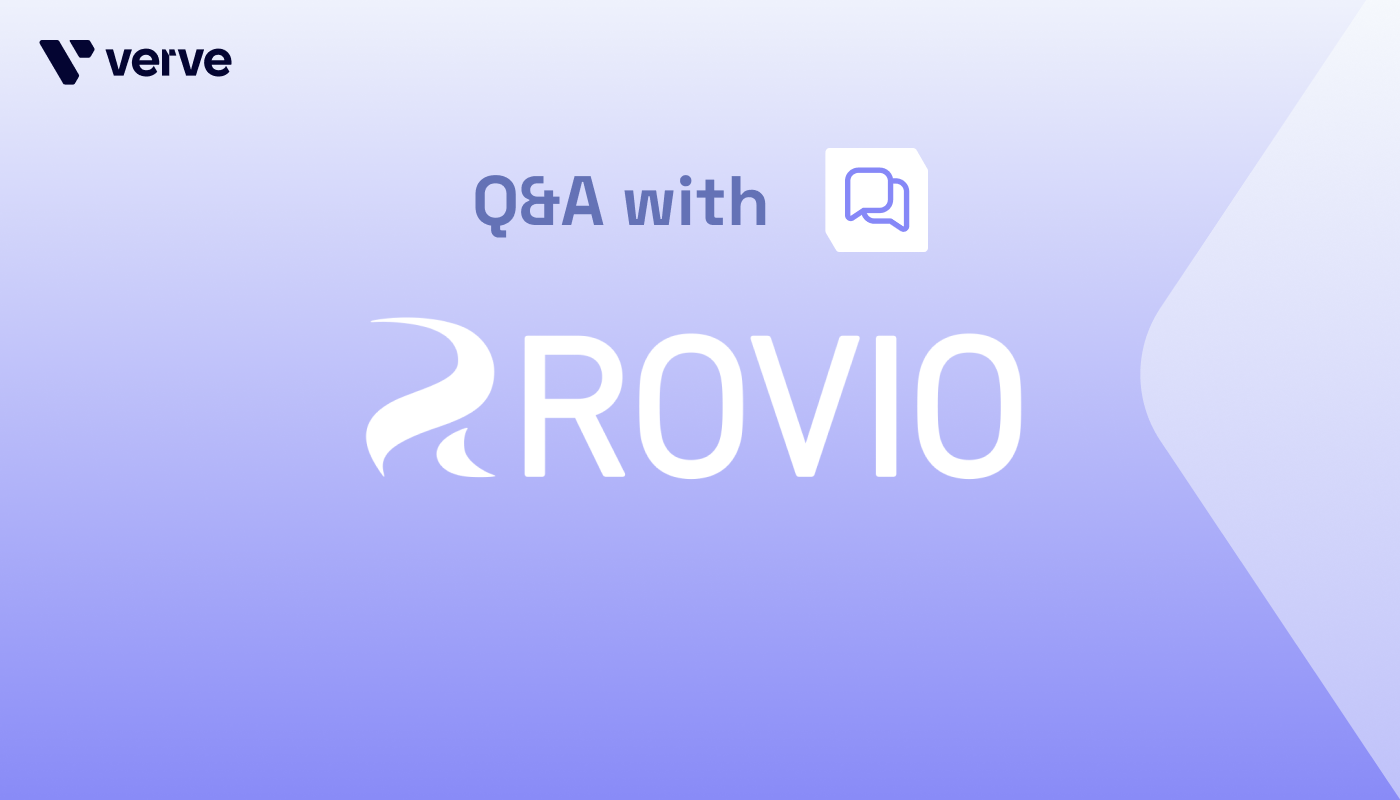Programmatic media-buying might not be new, but the landscape in which media planners operate is always evolving—and never before has the pace of change moved at the rate it does today. Today’s planners are tasked with creating media plans in a digital landscape that has not only undergone significant changes in the past few years, but also one that is poised for more changes in the near term, as Google phases out third-party cookies in Chrome and other identifiers disappear (and emerge) within the digital media landscape.
We’re only a few months into the new year, but already we’re seeing a lot of changes on the horizon. And if you’re a media planner, you’re ALWAYS looking at how to make a good plan better. Let’s take a look at the key considerations marketers need to keep in mind while optimizing their programmatic media plans.
New digital touchpoints are becoming accessible
As marketers are well aware, today’s consumers do not operate in or focus on one specific channel or touchpoint. They’re everywhere across digital and physical media, and they don’t distinguish their experiences based on channel or environment. It’s all one seamless media experience as far as they’re concerned.
In this reality, marketers need to maximize value across the digital landscape and connect with their audiences in an omnichannel environment. Particularly in 2022, this means extending campaigns to new and emerging channels such as CTV and digital out-of-home (DOOH), both of which are becoming increasingly programmatic — and, thus, easier to tie into the broader omnichannel experience. But it also means beginning to think about how your strategy will translate to the hottest emerging opportunity in the market right now – gaming.
The recent flurry of acquisitions in the ad tech and gaming space is going to transform the advertising landscape in the coming years, and today’s marketers need to be accounting for this shift in their current planning. For our part, Verve is currently the sole platform positioned to unlock cross-channel connections between gaming and CTV audiences. In conjunction with parent company Media and Games Invest (MGI) and its gaming segment gamigo group, Verve recently unveiled the results of a first-of-its kind pilot program that unlocked previously untapped gaming console audiences for re-engagement on connected TV (CTV). The pilot program’s gaming campaign saw 34% lower CPMs than on other available channels and a 12-fold higher conversion rate. These results demonstrate the effectiveness of CTV re-engagement of gamers for brands looking to effectively market their products to an ever-growing cord-cutting audience. More prominently, the success of the campaign showcases the ability of CTV to offer high attention ad units to capture interest from a specific audience, while increasing brand awareness to align with a broader omnichannel marketing strategy.
Have you thought about how consumers’ paths to purchase have REALLY shifted?
As we’re all well aware at this point, the global pandemic has greatly affected consumer consumption in countless ways. Behavior shifts have occurred at a macro level, and such shifts are sending ripples throughout the purchase funnel. In other words, as consumer behaviors evolve, their path-to-purchase shifts, too. Consumers are seeking distraction (as well as transaction) in mobile apps more than ever. They’ve increased their hours spent on CTV, and they’re redefining the role of in-store shopping experiences within their daily lives. These shifts have major implications for media plans.
You think you know your core consumer? Think again. You need to get back in touch. In 2022, take the time to rework your buying personas and identify new target audiences.
Mobile ad format performance cycles heavily influence campaign outcomes
It’s no longer a question of which mobile ad format to choose, but rather a function of the right mix and timing. Both display and video provide unique benefits to brands and should be leveraged toward their strengths.
When setting up your mobile advertising campaigns, be aware of the various performance peaks of different mobile ad formats. By coordinating the timing of the various elements of your campaign according to peak performance, as well as your goals, you can maximize ROI across all tactics.
Emerging content categories present opportunities
For both mobile and CTV, the question for advertisers is no longer whether to advertise in these channels. It’s how to advertise in them. While mobile and CTV are well established, specific content categories are still under-leveraged. For the right brands with the right approach, the ROI opportunity is tremendous. Verve has discovered content categories that offer low eCPMs but high revenue potential. In 2022, consider shifting your budget to discover new areas promising high return on ad spend.
The sunset of identifiers will move the goalposts
Finally, advertisers in 2022 can’t afford to ignore the ongoing shifts in the consumer identity landscape. Insights from Apple’s IDFA are rare these days, and Google Chrome’s cookie deprecation is around the corner.
This year, it’s time for advertisers to stop wasting time and start testing alternative targeting strategies. For a guide to the short-term, medium-term and long-term steps you should take to ensure addressability in a consumer-first future, check out this article from Verve Co-CEO Sameer Sondhi.








